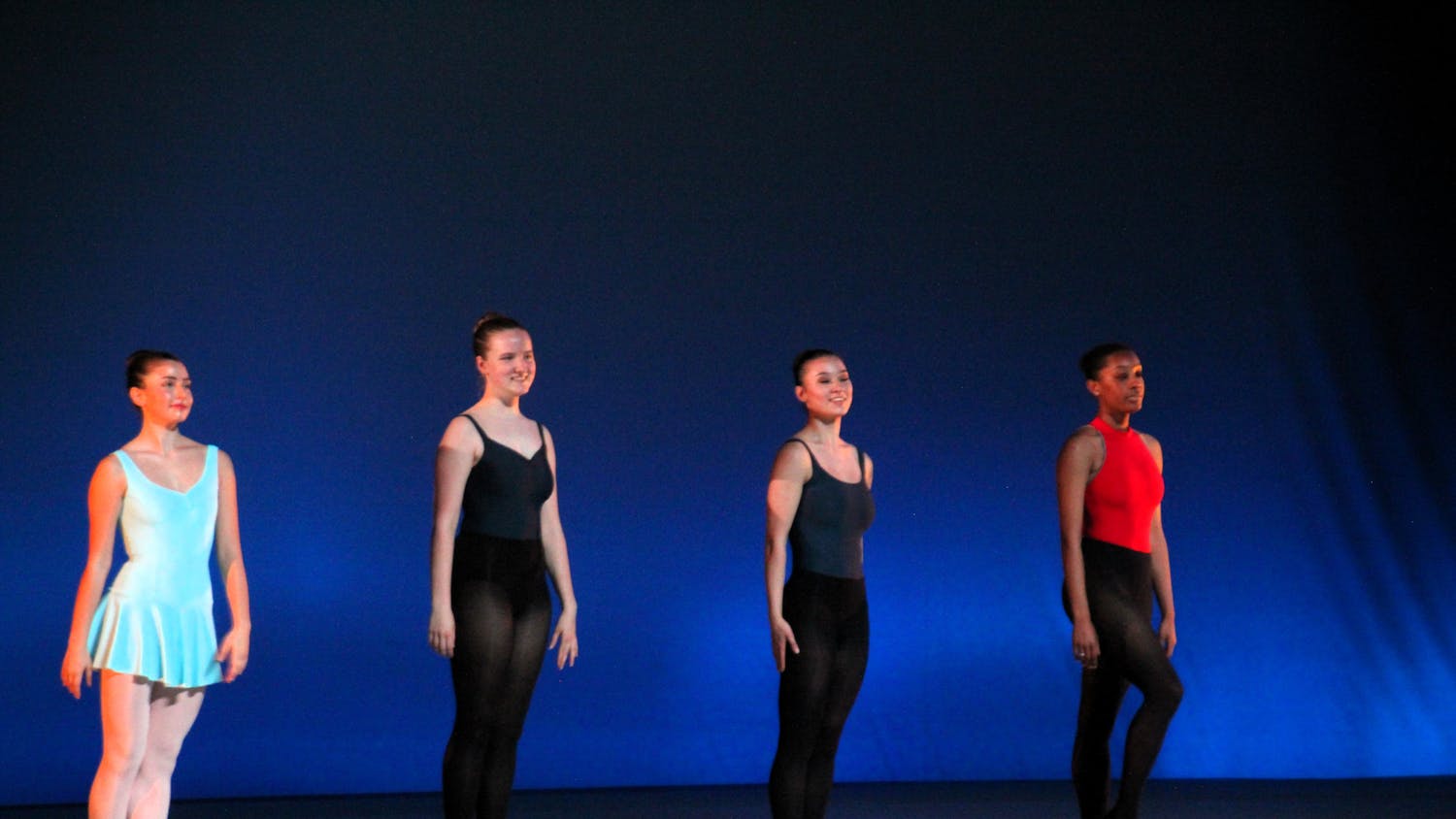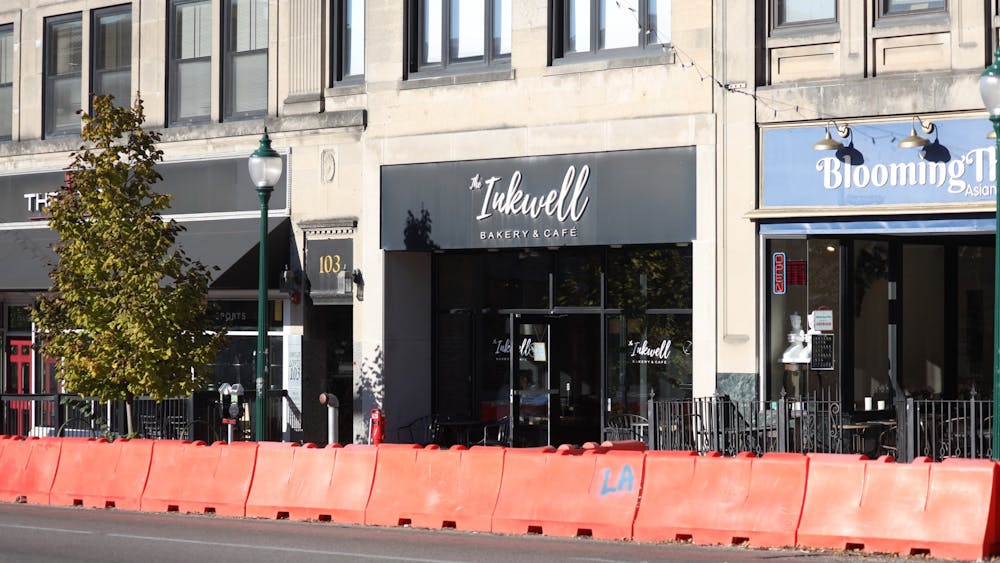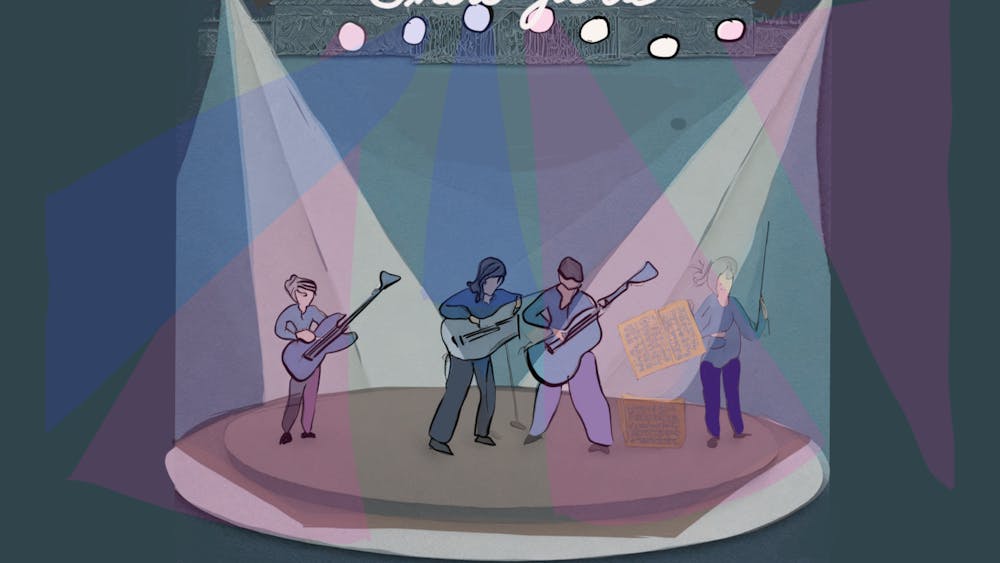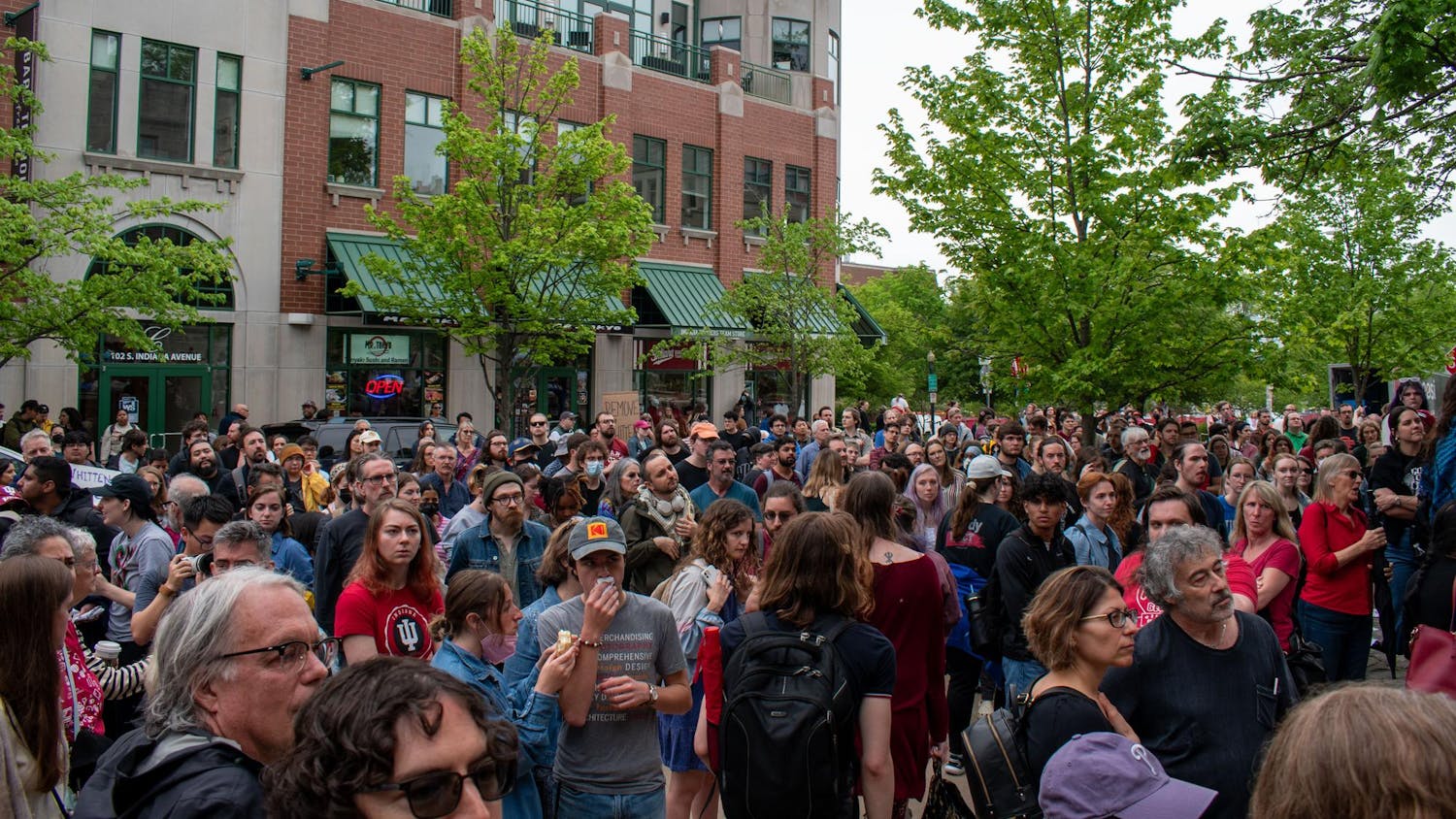There have been two revolutions in fashion history. The first revolution in fashion took place during the French Revolution in 1789; the members of the aristocracy wanted to disguise themselves as common citizens, so they dressed below their status in order to avoid being murdered. \nAlmost 200 years later a similar revolution hit America: Hip hop emerged in mainstream society. Fashion has always been used as a class differentiation. The members of the upper class chose dress that set them apart from lower class citizens. Consequently, the lower class citizens would adopt these styles of dress in order to be able to identify themselves with their superior class. This is called the trickle down effect. \nHip hop gave birth to a revolution. It was the first time in America's history that dress from the lower class was being accepted among the masses. \nOne of the earliest messages in hip hop was to openly defy the system. In 1986, Run DMC made political statements through music and inspired fashion with their song "My Adidas." \nAdidas became the official shoe of hip hoppers and urban youth. Break dancers were wearing Adidas warm-up suits, and tight rolling their pants. \nPublic enemy was the paradigm of the era of hip hop. "Fight The Power" and "Don't Believe the Hype" were two of the most popular songs. \nIf you are going to openly defy the system, the first thing to do is set yourself apart from the conformist. Flava Flav, a member of the group, wore a big clock around his neck to symbolize social conciousness, while men dressed up as militant Muslims, and wore traditional African colors of red green, and black in their videos. This influenced black and urban youth to adopt this form of dress. Hip hoppers were a subculture and had built their own style, tribe, or group of people that dress a certain way because of beliefs or a culture.\nIn 1990, MC Hammer soared into stardom with the song "U Can't Touch This." He made rap acceptable for all people.\nAlong with the music, the fashion became popular. Everybody had a pair of Hammer pants. Vanilla Ice, a white rapper, capitalized on the trend by dressing and dancing almost identically to MC Hammer. Rappers were becoming fashion leaders.\nIn 1992, Snoop Dogg exploded onto the scene with his album Doggy Style. This album made "gangsta rap" universally popular and influenced a new lifestyle and dress in American youth. Khakis, flannel shirts, do rags, Chuck Taylors, Converse, Pumas, and anything that had to do with any American sports team. \nAll of a sudden, people were paying hundreds of dollars for hockey jerseys and Starter jackets rappers like Snoop Dogg and Warren G wore. Urban wear labels appeared to cater to the popularity of urban dress. Then the white youth started catching on and it became controversial. Oprah had a whole show in 1992 centered around 'Wiggers,' or 'wanna be niggas.' The hip hop style wasn't just "ghetto" anymore; fashion had gone upstream.\nIn 1994, President Bill Clinton began to close the gap between the lower and upper middle class. People had more money and they began spending. Inner city youth began wearing labels like Nautica, Polo and Tommy Hilfiger. No one wanted to be a "gangsta" anymore. \nSnoop was suspected of murder and gangsta rap wasn't as popular. \nThis shift opened the door for for someone else to take the spotlight, and his name was The Notorious B.I.G. "Biggie" was unique because he rapped about the good life that everyone was experiencing. Jay-Z and AZ also took part in this movement. Rappers like Foxy Brown and Lil' Kim influence women to buy Prada and Frankie B.\nThey rapped about Gucci sweaters and Versace clothes. It was champagne music, and everybody wanted to sip. \nBy the year 2000, rappers had harnessed the power of clothing and most began their own labels. Urban wear like Phat Farm, Fubu and Baby Phat were hitting runways, and the hip-hop life was becoming glamorous.\n"Others see an upbeat response to the longest period of peace and prosperity in 100 years," Elizabeth Hayt wrote in a New York Times article, "Style Directive for 2000: Make it Extravagant." \nHip hop is unique because, like the French Revolution, it influenced upper class citizens to dress like their lower class counterparts and vice versa.
Fashion goes upstream
Get stories like this in your inbox
Subscribe





